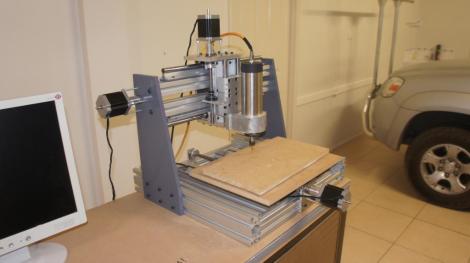
The Raspberry Pi foundation is in a somewhat unique position. They always test the units that get returned to them in hopes that they can improve the design. They often request that the power supply also be sent back with the RPi unit, as we know the board will not work well if the PSU can’t source enough current. And so they’ve been able to get a look at several counterfeit iPhone chargers. This is not one of the recommended ways to power the RPi, but their ability to collect failed hardware means that they have identified three different fakes on the market.
Seen here is a genuine Apple product on the left. The others are fake, with the easiest way of spotting them being the shiny chrome plug connectors. The genuine part has a matte finish on the connectors. There is also a difference in the chamfering, and even a variation on the orientation of the USB port on some of them. Unfortunately we don’t get a look inside, which is what we really wanted. But you can see in the video after the break that weighing the adapter will also give it away as a fake, showing that the components within probably vary quite a bit. This reminds us of some other fake PSUs that have been exposed.
Continue reading “Raspberry Pi Foundation Looks At Counterfeit Apple Power Supplies”
















